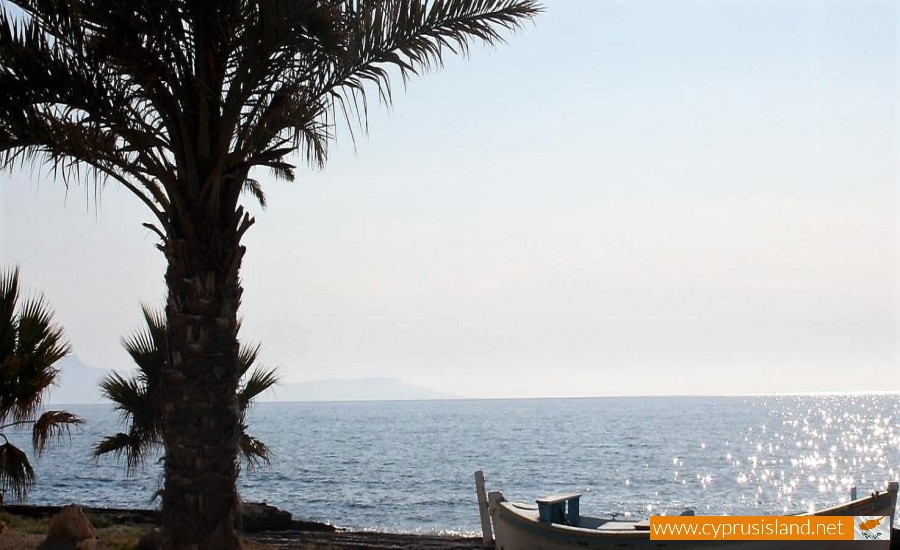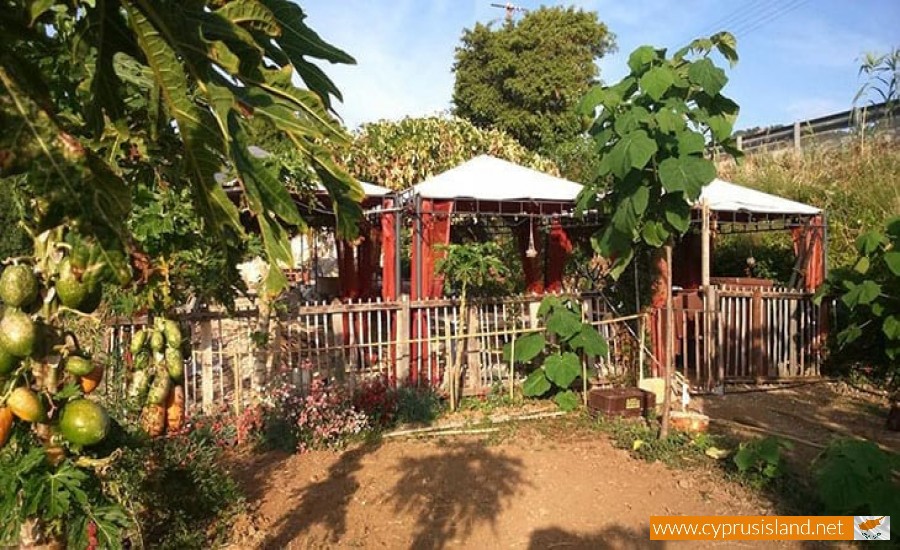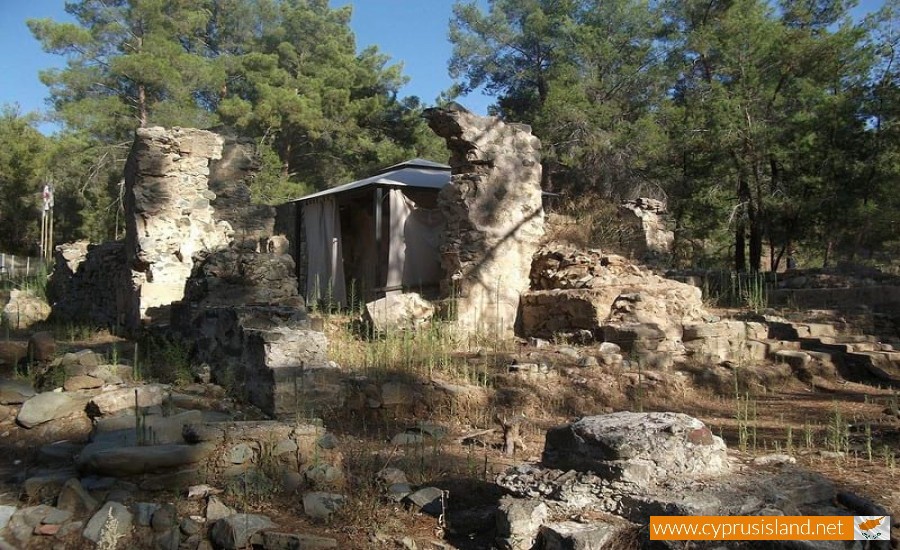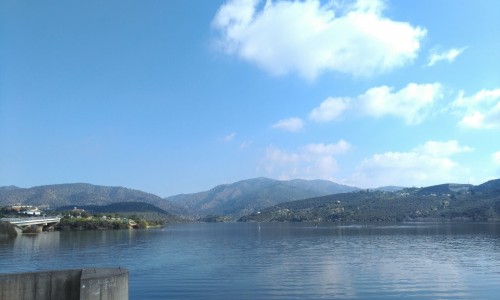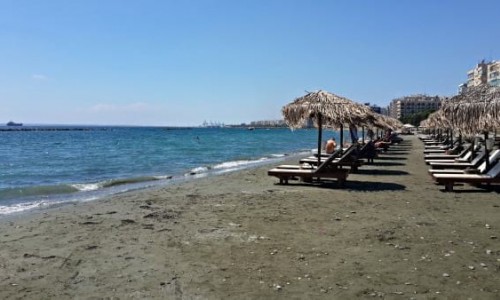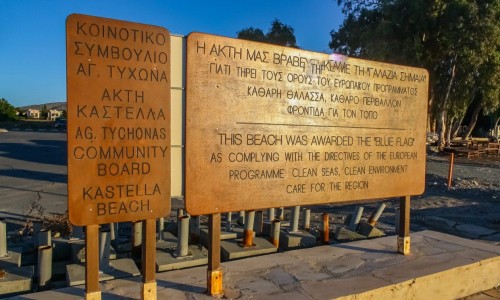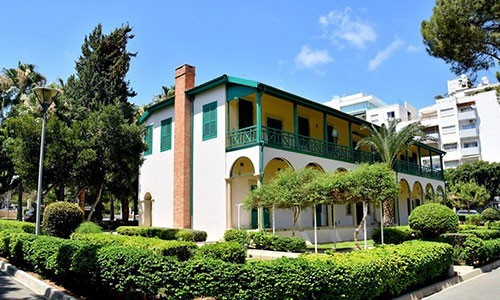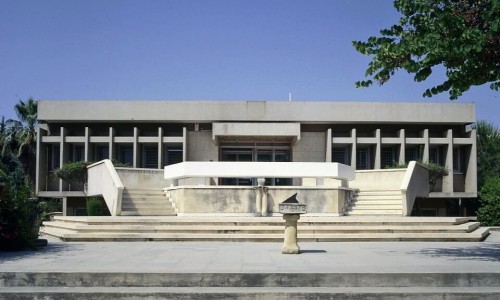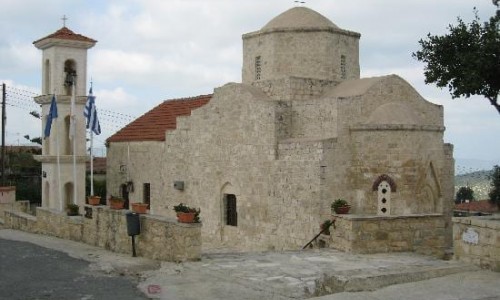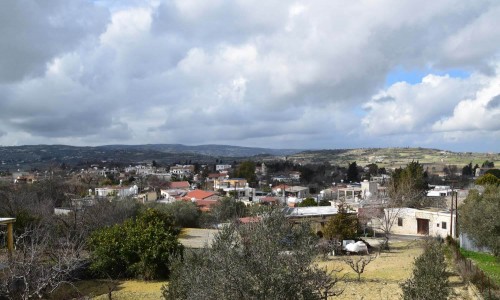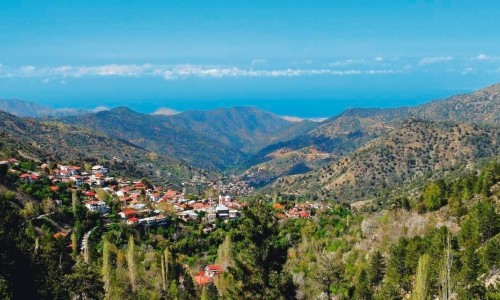Gialia Village
Tucked into the rolling hills northeast of Polis Chrysochous, Gialia is one of those rare villages in Cyprus where time seems to slow down. Surrounded by the expansive Paphos Forest and bisected by the Gialias River, the village offers a peaceful retreat rich in history, nature, and understated charm.
A Village by the River
Gialia takes its name from the Gialias River, which winds its way through the village before reaching the sea. This river has shaped the local landscape for centuries, supporting agriculture, feeding natural springs, and once powering watermills that were vital to village life.
Today, the village has a small population of around 120–150 residents. Many are families who settled here after the events of 1974, and the community includes a number of European expatriates who have made Gialia their quiet home away from home.
Sights and Attractions
The Georgian Monastery of Panagia Chrysogialiotissa
About 5 kilometers east of the village lie the ruins of a once-thriving Georgian Orthodox monastery, believed to have been built between the 10th and 12th centuries. Established by a Georgian king during the medieval period, it was an important religious center until the Ottoman era, when it fell into decline. Although mostly ruins today, archaeological excavations have revealed remnants of chapels, frescoes, ceramics, and a unique bell tower. The site is peaceful and spiritual, nestled within dense forest surroundings.
The Watermills
Gialia was once known for its two stone watermills, both located near the river. One of them has been restored and is a lovely example of rural Cypriot engineering. The other stands at the entrance of the village, a romantic ruin draped in ivy and the scent of citrus trees. These mills are a reminder of the village’s agrarian past, where wheat and olives were processed using the power of the flowing Gialias.
Chapel of Agios Georgios
In the center of the village stands the quaint Chapel of Agios Georgios, a small stone building with a tiled roof and simple interior. Though humble in appearance, it remains spiritually significant for the community. Each year, locals celebrate the feast of Saint George on April 23rd with a gathering and liturgy.
Gialia Beach
A short drive down from the village leads to Gialia Beach, a quiet stretch of coastline combining rocky outcrops and sandy shores. It’s part of the Natura 2000 network, which protects habitats and species across Europe. The beach is undeveloped—there are no umbrellas or cafés—so it retains its wild beauty. It’s the perfect spot for a quiet swim or sunset stroll, especially for those who prefer nature over noise.
Nature and Outdoor Life
The village is surrounded by thick pine forests, olive groves, and walking paths that are ideal for nature lovers. Several well-marked hiking trails begin near Gialia and head into the Paphos Forest, some of which lead to the Georgian monastery or follow the river. The trails range from easy riverside walks to more adventurous routes that climb into the hills and offer panoramic views of the sea and surrounding countryside.
Autumn is especially beautiful here, when the forest turns shades of amber and gold, and the cooler weather makes hiking more pleasant.
Village Life and Culture
Gialia’s residents are closely connected to the land. Many work in agriculture, cultivating olive trees, citrus, and legumes, or are employed in the forestry sector. Others have turned to eco-tourism and hospitality, offering accommodation in charming stone houses or guiding visitors through forest paths.
The old school building in the village has been transformed into a gathering space and restaurant, where locals and guests alike come together for food, music, and conversation. The pace of life here is slow, warm, and welcoming—ideal for those seeking to reconnect with simplicity.
Sample Day in Gialia
- Morning: Take a gentle walk along the river and explore the restored watermill. Visit the chapel and wander the narrow streets lined with citrus and almond trees.
- Midday: Hike or drive out to the Georgian Monastery. Bring a packed lunch and enjoy a picnic in the forested clearing nearby.
- Afternoon: Head down to Gialia Beach for a relaxing swim or quiet sunbathing. Bring water and snacks, as there are no facilities.
- Evening: Return to the village for a homemade meal at the local taverna or guesthouse, and enjoy the cool mountain breeze as night falls.
Why Visit Gialia?
Gialia is not a place for those looking for nightclubs or tourist crowds. It’s a place for dreamers, walkers, history lovers, and anyone drawn to the quiet dignity of rural life. Here, nature and heritage intertwine beautifully—ancient stones lie beneath pine canopies, rivers murmur their way to the sea, and each path offers a moment of discovery.
If you’re planning a road trip through western Cyprus or simply want to unwind somewhere meaningful and peaceful, Gialia is well worth a detour.


